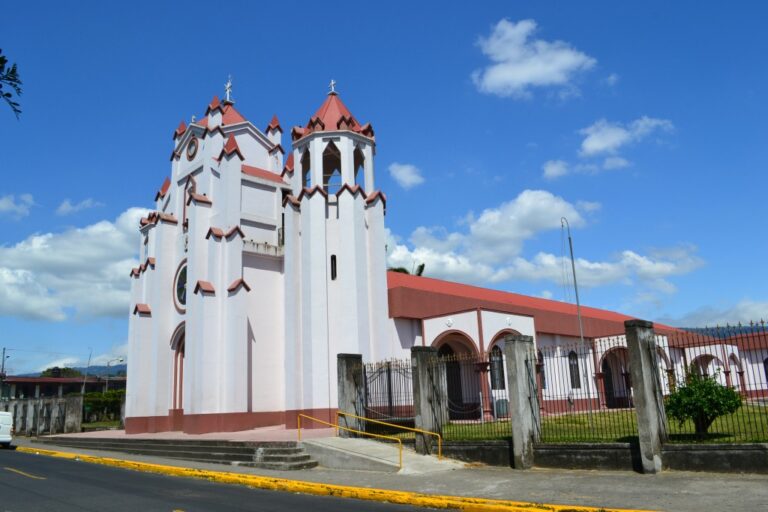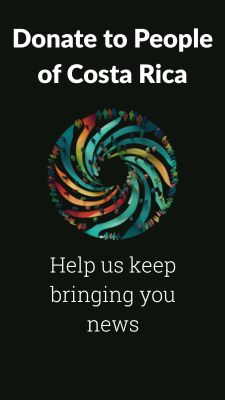The National Institute of Statistics and Census (INEC) has presented the results of the National Household Survey (ENAHO 2025), revealing a statistically significant reduction in poverty by income line. The national indicator fell from 18% to 15.2% in the last year, which represents 40,716 households managing to rise above the poverty line.
This progress, driven mainly by a notable increase in income, positions Costa Rica favorably in the regional context. However, the same study reveals immobility in multidimensional poverty (9.9%) and the persistence of deep territorial gaps, painting a picture of uneven economic recovery.
Analysis of the Results: Income Drives the Decline
The determining factor in this reduction is a real growth of 8.1% in the average household income nationwide. When breaking down this increase, ENAHO 2025 identifies two key components that boosted family incomes:
- Autonomous Income: Registered a year-on-year growth of 16.2%, indicating strong dynamism in self-employment and entrepreneurship.
- Property Rents: Showed an even more pronounced rise of 25.9%.
This increase in self-generated income was the engine that allowed thousands of families to cover the cost of the basic food and non-food basket, thus escaping monetary poverty.
Regional Context: An Atypical Result
Costa Rica’s achievement of lowering its income poverty to 15.2% is particularly noteworthy when compared to the Central American landscape.
Recent reports from the Economic Commission for Latin America and the Caribbean (ECLAC) have shown much harsher realities in the region. Countries like Guatemala and Honduras have reported monetary poverty rates exceeding 50% of their population, while El Salvador has fluctuated in the 25-30% range.
In this context, Costa Rica’s ability to reduce its indicator positions it as a case study in the region, demonstrating economic resilience and upward social mobility despite a complex global environment.
The Structural Challenge: Multidimensional Poverty Fails to Budge
Despite the optimism in the income data, ENAHO 2025 sounds a crucial alarm: multidimensional poverty remained statistically stagnant at 9.9%, affecting approximately 187,000 households.
This indicator is vital, as it measures structural deprivations that income alone cannot solve. A household can have the minimum income but be multidimensionally poor if it lacks access to basic services. The most significant deprivations detected by INEC in these households are:
- Low human capital (Education): 65.2% of these households have adults without a complete secondary education.
- No health insurance: 55.2% of households lack insurance.
- Poor housing conditions: 52.4% live in homes with floors or roofs in poor condition.
This means that nearly one in ten households in the country lives in a situation of structural vulnerability, regardless of their monthly income.
The Territorial Gap: The “Two Costa Ricas”
The geographical analysis of ENAHO 2025 confirms the persistence of deep territorial inequality. The national average of 15.2% conceals diametrically opposed realities:
- Central Region: Has the lowest poverty index in the country, at 10.8%.
- Huetar Caribbean Region: Reports the highest incidence, reaching 24.9%.
- Brunca Region: Follows closely behind at 23.8%.
These figures demonstrate that the coastal regions face more than double the income poverty of the Central Valley. This disparity shows that economic growth and opportunities are not being distributed equitably across the territory, consolidating an asymmetrical development model.
The ENAHO 2025 results offer a dual-reading balance. On one hand, a significant economic recovery driven by autonomous income, which allows Costa Rica to stand out positively on the isthmus. On the other, the survey exposes the rigidity of structural problems (education, health, and housing) and a territorial fracture that public policy has failed to close.
The success of lifting 40,716 families out of monetary poverty is undeniable, but the pending challenge is to translate this economic improvement into inclusive and equitable social development for all regions of the country.
Sources and References:
- Instituto Nacional de Estadística y Censos (INEC). (2025). Encuesta Nacional de Hogares (ENAHO) 2025 – Resultados Generales.
- INEC. (2025). Video: Resultados de Pobreza Multidimensional ENAHO 2025.
- Economic Commission for Latin America and the Caribbean (ECLAC). (2024). Social Panorama of Latin America and the Caribbean.
- Instituto Mixto de Ayuda Social (IMAS). (2025). Management Reports “IMAS Impulsa Strategy”.


















